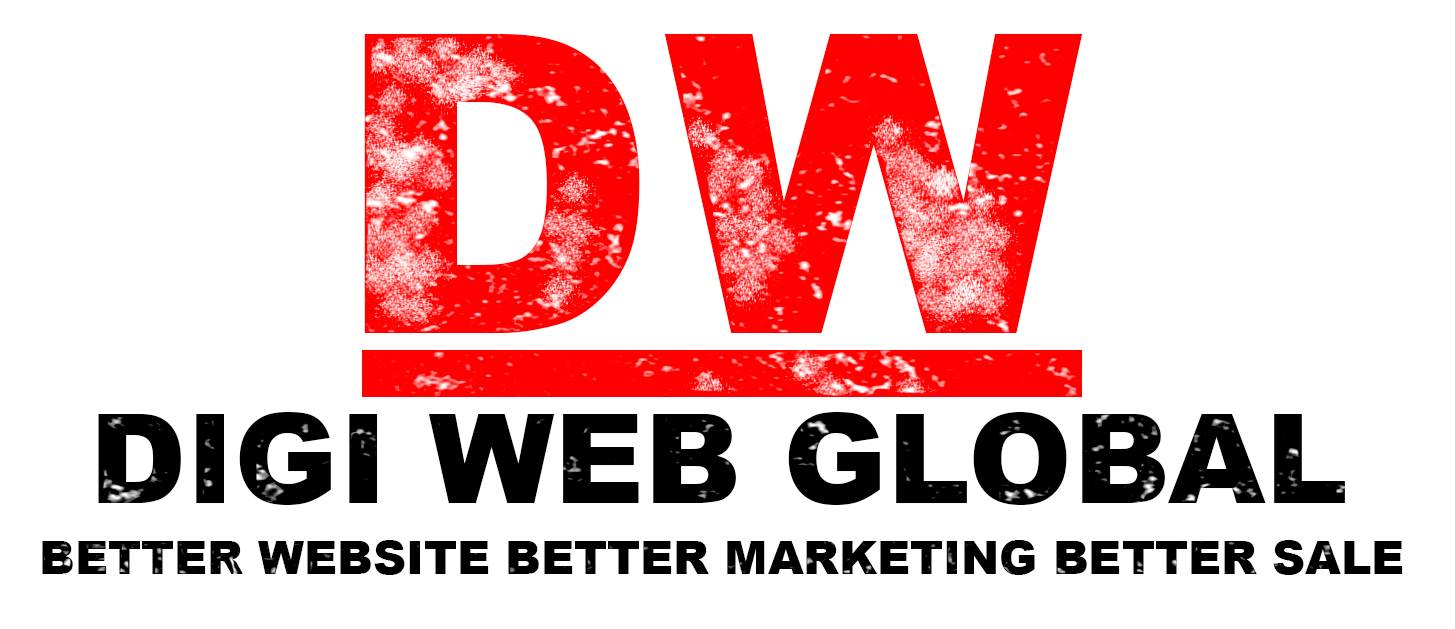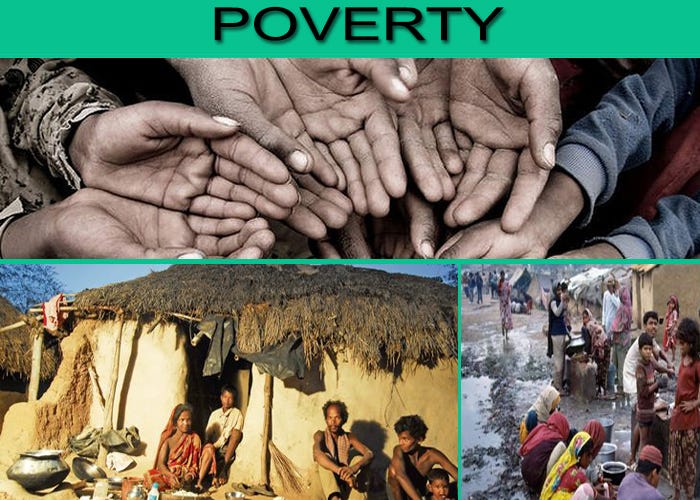Poverty: A Multifaceted Challenge
Poverty, a word encompassing lack, deprivation, and vulnerability, paints a grim picture of life on the margins. It is not merely a lack of income, but a complex web of interconnected factors that trap individuals and communities in a cycle of disadvantage. To understand poverty fully, we must delve into its causes, consequences, and potential solutions.
Causes of Poverty:
- Economic inequities: Unequal distribution of wealth and resources, inadequate minimum wages, and lack of access to productive opportunities leave many struggling to meet basic needs.
- Limited access to education and healthcare: Education empowers individuals with skills and knowledge to secure better livelihoods, while quality healthcare protects against illness and promotes productivity. Lack of access to both perpetuates poverty.
- Social and cultural barriers: Discriminatory practices based on gender, caste, ethnicity, or disability can limit access to education, employment, and social services, pushing individuals and groups into poverty traps.
- Conflict and environmental disasters: Displacement from conflict, natural disasters, and climate change destroys livelihoods, infrastructure, and access to resources, driving communities into poverty.

Consequences of Poverty:
- Food insecurity and malnutrition: Poverty restricts access to nutritious food, leading to hunger, stunting, and increased vulnerability to illness.
- Poor health and sanitation: Inadequate housing, lack of access to clean water and sanitation facilities, and limited healthcare contribute to a higher burden of disease and premature mortality.
- Limited education and skills: Poverty often translates to a lack of educational opportunities, perpetuating the cycle of disadvantage for future generations.
- Vulnerability to exploitation: Poor individuals are more susceptible to unfair labor practices, human trafficking, and other forms of exploitation.
Breaking the Cycle: Solutions to Poverty:
- Investing in social safety nets: Strong social safety nets, including access to affordable healthcare, education, and basic income, can provide a crucial buffer against poverty and empower individuals to climb out of it.
- Promoting equitable economic growth: Policies that focus on creating decent jobs, fair wages, and equal access to economic opportunities can break down barriers and create a more level playing field.
- Investing in education and skills development: Education and skills training empower individuals to compete for better-paying jobs and build a brighter future.
- Addressing gender inequality and discrimination: Eliminating discriminatory practices based on gender, caste, ethnicity, or disability is crucial for ensuring equal access to opportunities and resources.
- Strengthening social protection systems: Robust social protection systems can help communities cope with shocks and build resilience against poverty in the face of conflict and environmental disasters.
Conclusion:
Poverty is a complex challenge with no quick fixes. It requires a multi-pronged approach that addresses the root causes and consequences simultaneously. By investing in social safety nets, promoting equitable economic growth, and focusing on education, healthcare, and social protection, we can break the cycle of poverty and build a more just and sustainable future for all.
Additional Information:
- This essay provides a general overview of poverty. You can tailor it to a specific context by focusing on a particular region, type of poverty (e.g., rural, urban), or specific cause (e.g., conflict, climate change).
- Consider including relevant statistics, case studies, and examples to illustrate your points.
- Remember to cite your sources if you use any external information.
I hope this information helps you write your essay on poverty!

